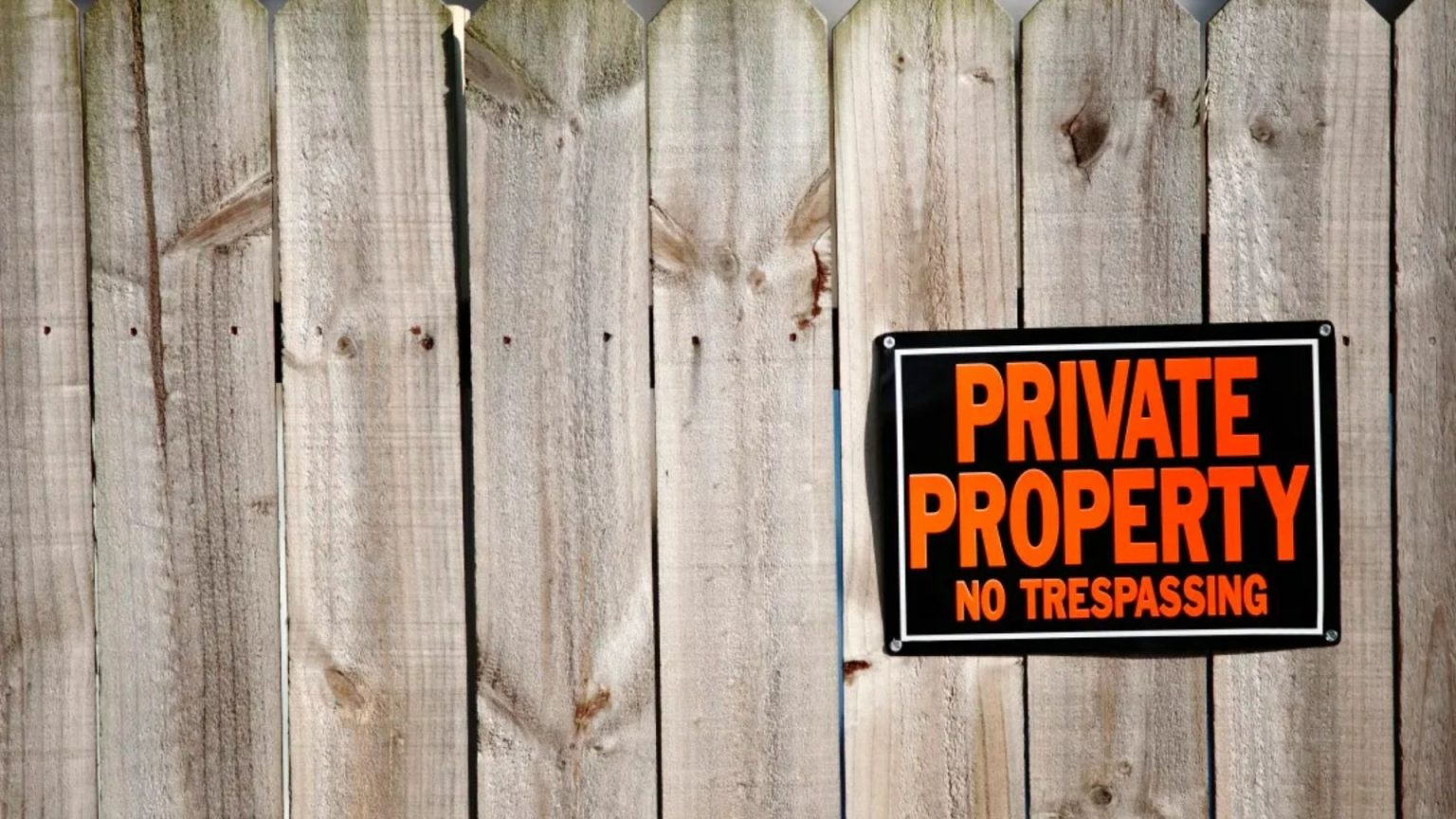The Legal Challenge to Installing a Privacy Fence
In the UK, installing a privacy fence is subject to strict legal rules, and failing to comply can result in hefty fines and legal trouble. Today, we’ll dive into the legal landscape of installing a privacy fence, from backend regulations to enforcement curbs.
The Basics of Installing a Privacy Fence
If you’re considering installing a privacy fence, there are rules in place to ensure you don’t end up in trouble. In England and other UK regions,-backed by the Town and Country Planning (England) Order 2015, some local councils don’t require full planning permission for your fence. However, this law isn’t the only rule about fences in the UK. In recent weeks, enforcement has intensified, as councils have鲻dropdowns that can forbid remodeling without prior permission.
At the front of the property, fences are more restricted. According to the latest rules, fences can’t go above 1 metre (about 3 feet) if next to a road, public space, or a footpath. This limitation explains why some homeowners are restricted from installing larger fences.
Back garden fences are also moreformidable. Until 2022, a fence of 2 metres (about 6 feet) or less needed full planning permission. From 2023, smaller fences, up to 6 feet tall, can be built without]}t® planning in most parts of England. However, in remote areas, tree hedges or decorative trellises can face similar restrictions.
If your fence causes some form of statutory nuisance (like flooding or blocked drains), you could face a £5,000 to £20,000 fine.*
Why Ask Questions First
When planning to put up a fence, you don’t want to get into legal trouble. Start by counting boundary features. Each section of your property has a boundary feature—whether it’s a fence, wall, hedge, or edge of a driveway. Takers and Hitters in a boundary dispute often claim to have answered their neighbor’s question about who owns the fence.
To resolve disputes, you should check your title deeds. If there’s a "T" on the boundary line, it belongs to you. An "H" means it’s shared by two parties. If things get confusing, you can draw up a boundary agreement with your neighbor to clear up the confusion.
disputes over fencing boundaries can often escalate to court, especially at property scales. In many cases, it’s your responsibility to maintain and update your boundary records.
Legal Deadlines and Costs
One of the biggest risks of installing a fence is legal costs. If your fence causes unintended consequences like flood damage or makes it difficult to control visualize your neighbor’s privacy, you could face hefty fines. Even if you fix the issue, the cost can add up.
It’s always best to get detailed legal documents, like title deeds and land records, before making any changes. Failure to do so can lead directly to criminal charges if the fence ends up overgrown or unsuitable for its intended purpose.
The&&&&&&&&&&&&&&&&&&&&&&&&&&&&&&&&&&&&&&&&&&&&&&&&&&&&&&&&&&ständents’ Guide to Land Boundaries
When legalizing your privacy fence, you’ll need to figure out who owns whom. A fence can be more than a simple barrier—it’s like a wall up there that you and your neighbor each have to work on. When it’s your property’s time to show ownership, you can use surveyors to cross the fence with a double-sided tool.
If your house has open-plan gardens or is in a conservation area, fence regulations might be stricter—like requiring different fence colors and sizes. Don’t stress over the height limit. 1 metre is safe at the front, but if you’re installing a trellis or something overhanging, it might need 2 metres.
A fence height of over 100 metres is legally possible, but it imposes several restrictions. Write a height ladder if the fence is wider than two metres, and steer clear of overgrown shrubs that push the height over 2 maths.tches like 6 foot 6.
Smart Practices and expert Advice
Instead of going it alone, you can partner with experts like the Which? website to determine ownership. This can make things smoother and less awkward. They also offer recommendations like avoiding double-sided panels, using fences that have rails on the inside for easier climbing over pytest and timing your tutorials with your neighbor.
If you’re having a fencing dispute, don’t be afraid to get advice from legal experts or property …&&&&&&&&&&&&&&&&&&&&&&&&&&&&&&&&&&&&&&&&&&&&&&&&&&&&&&&&&&&&&&&&&&&&&&&&&&&&&&&&&&&&&&&&&&&&&&&&&&&&&&&&&&&&&&&&&&&&&&&&&&&&&&&&&&&&&&&&&&&&&&&&&&&&&&&&&&&&&&&&&&&&&&&&&&&&&&&&&&&&&&&&&&&&&&&&&&&&&&&&&&&&&&&&&&&&&&&&&&&&&&&&&&&&&&&&&&&&&&&&&&&&&&&&&&&&&&&&&&&&&&&&&&&&&&&&&&&&&&&&&& && benötives sticks, log, or a rock. The owner of the property responsible for the wall should always be on your side of the fence if you’re doing a new installation.
Remember, fencing is meant to enhance and beautify your life, not to satisfy other people’s thinnets. It’s a long-term commitment, making it more important to settle with clear boundaries.
Conclusion
Installing a privacy fence requires some serious legal and procedural groundwork. Be ready to document everything—your title deeds, fence heights, and even personal reasons for boundary disputes. Srugging through any potential gray areas is a good way to avoid legal trouble down the line.
If your property’s boundaries aren’t clear, it could cost you a lot of money, especially if your fence is causing unnecessary problems. In the UK and many other areas, enforcement is on the rise. So, don’t panic. Start by understanding your local rules, get documentations, and trust in the experts who can guide you to a successful agreement.
The next time someone says, “What’s my neighbor’s fence like?” tell them to wait a few months and ask for some “good” boundary features. Odds are, they’ll give you the answer.




